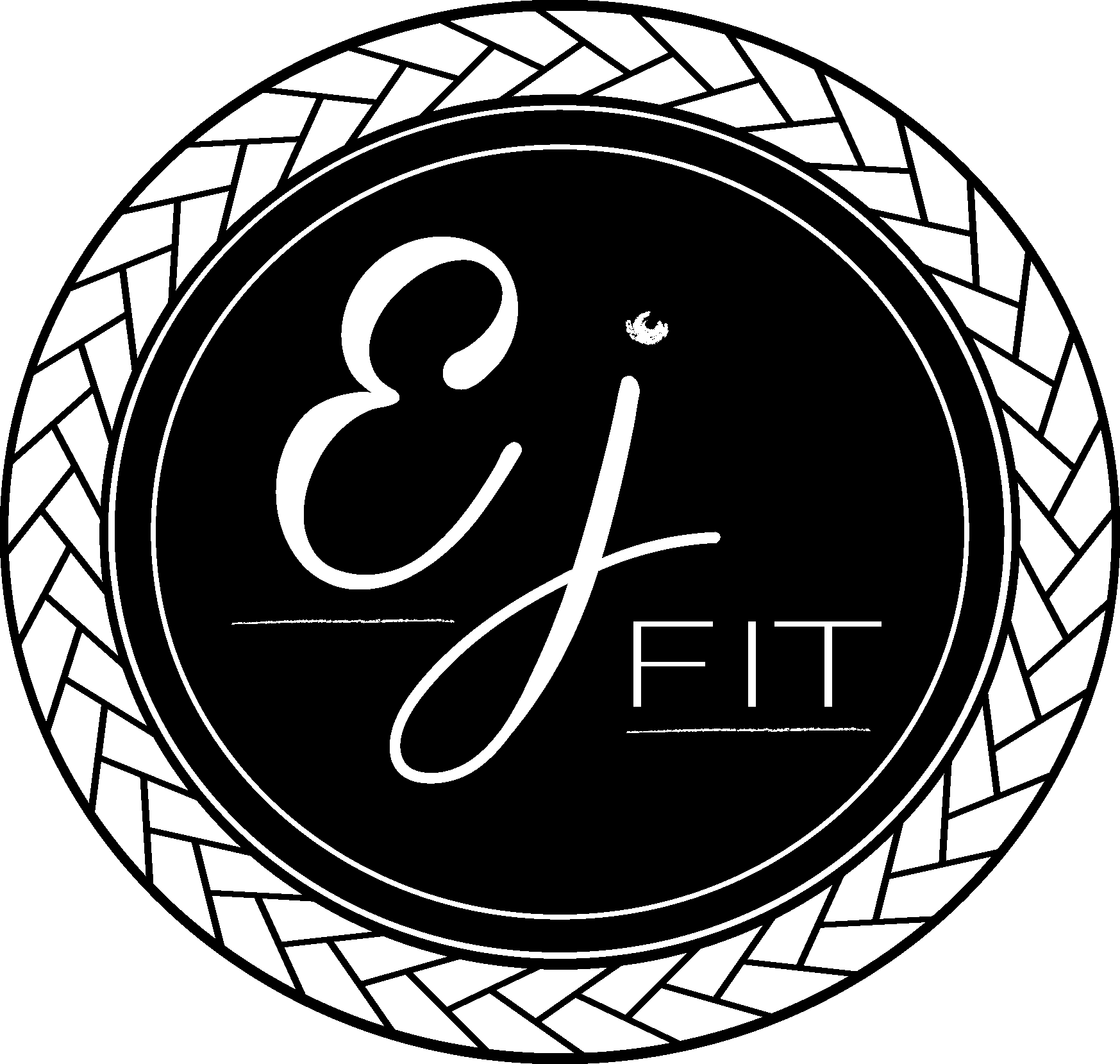RELAXATION TECHNIQUES
We live in a world that is constantly changing and frantic. We are always on the go, managing tasks and responsibilities day in and day out. I don't think it's possible for anyone to be positive or relaxed under this kind of pressure for sustainable amounts of time. Fortunately, there are ways to take back control of your time, to figure out how to get things done, and unwind in this ever-changing environment.
If you're still not convinced that you need to relax, research shows that people who don't relax on a regular basis tend to put on weight, have an increased risk of stress, which can lead to burn-out. If you take the time to slow down for long enough and think about it, it makes sense. That’s why it’s so important to understand and find a relaxation technique that works for you.
The benefits of practising relaxation techniques include:
· Reducing activity of stress hormones
· Lowering blood pressure
· Improving digestion
· Increasing blood flow to major muscles
· Reducing muscle tension and chronic pain
· Improving concentration and mood
· Improving sleep quality
· Reducing anger and frustration
· Boosting confidence to handle problems
Understanding the relaxation technique that works for you
Relaxation comes in various forms and works differently for everyone. When choosing a relaxation technique, consider your specific needs, fitness, and how you react to stress. There is no right or wrong relaxation technique, it is the one that resonates with you and fits your lifestyle.
In my previous blog on Stress & Performance, I discussed how our bodies react to stress which initiates the “fight” and “flight” response. These two responses can effect which type of relaxation technique you choose.
From my experience, if I tend to become angry or agitated (the fight response), I respond best to stress relief through boxing, HIIT (High Intensity Interval Training), or a similar type of physical activity to release that pressure. Others may find the best way to respond are through activities that are more relaxing, such as meditation or deep breathing.
On the opposite side, if I tend to become run-down or withdrawn (the flight response), I respond best to stress relief activities that are more calming, such as yoga or massage. Alternately, others may do the opposite and respond to activities that stimulate and boost the nervous system, such as a heavy weight session or HIIT (High Intensity Interval Training).
Types of relaxation techniques
Try practising some of these relaxation techniques on a regular basis to reap the benefits.
Regular movement and mindful exercise
When you exercise, improve the relaxation benefits by adopting mindfulness. Instead of zoning out or staring at a TV as you exercise, try focusing your attention on your body. If you’re resistance training, for example, focus on coordinating your breathing with your movements and pay attention to how your body feels as you raise and lower the weights.
Mindfulness meditation
Mindfulness is the quality of being fully engaged in the present moment, without over-thinking the experience. Rather than worrying about the future or dwelling on the past, mindfulness meditation switches the focus to what’s happening right now.
Progressive muscle relaxation
You focus on slowly tensing and then relaxing each muscle group. This can help you focus on the difference between muscle tension and relaxation. You can become more aware of physical senses.
A method of progressive muscle relaxation:
· Start by tensing and relaxing the muscles in your toes and progressively working your way up to your neck and head
· Alternatively, can also start with your head and neck and work down to your toes
· Tense your muscles for about five seconds and then relax for 30 seconds
· Repeat
Yoga
Yoga involves a series of both moving and stationary poses, combined with deep breathing. As well as reducing anxiety and stress, yoga can also improve flexibility, strength, balance, and stamina.
Tips for making relaxation techniques part of your daily life
Set time aside daily. It’s easier to prioritise a time each day (e.g. if you do it first thing in the morning before other tasks or responsibilities get in the way).
Practise when you’re most alert (not sleepy). You will get the most benefit if you practise when you’re fully awake and alert. Avoid practising close to bedtime, after a heavy meal, or when you’ve been drinking.
Don’t be hard on yourself. If you skip a few days or even a few weeks, it happens. Just get started again and slowly build up your momentum.
Try more than just one technique. Experts recommend trying several techniques to see which one works best for you. The longer and more often you practise these relaxation techniques, the greater the benefits and the more you can help reduce stress.
